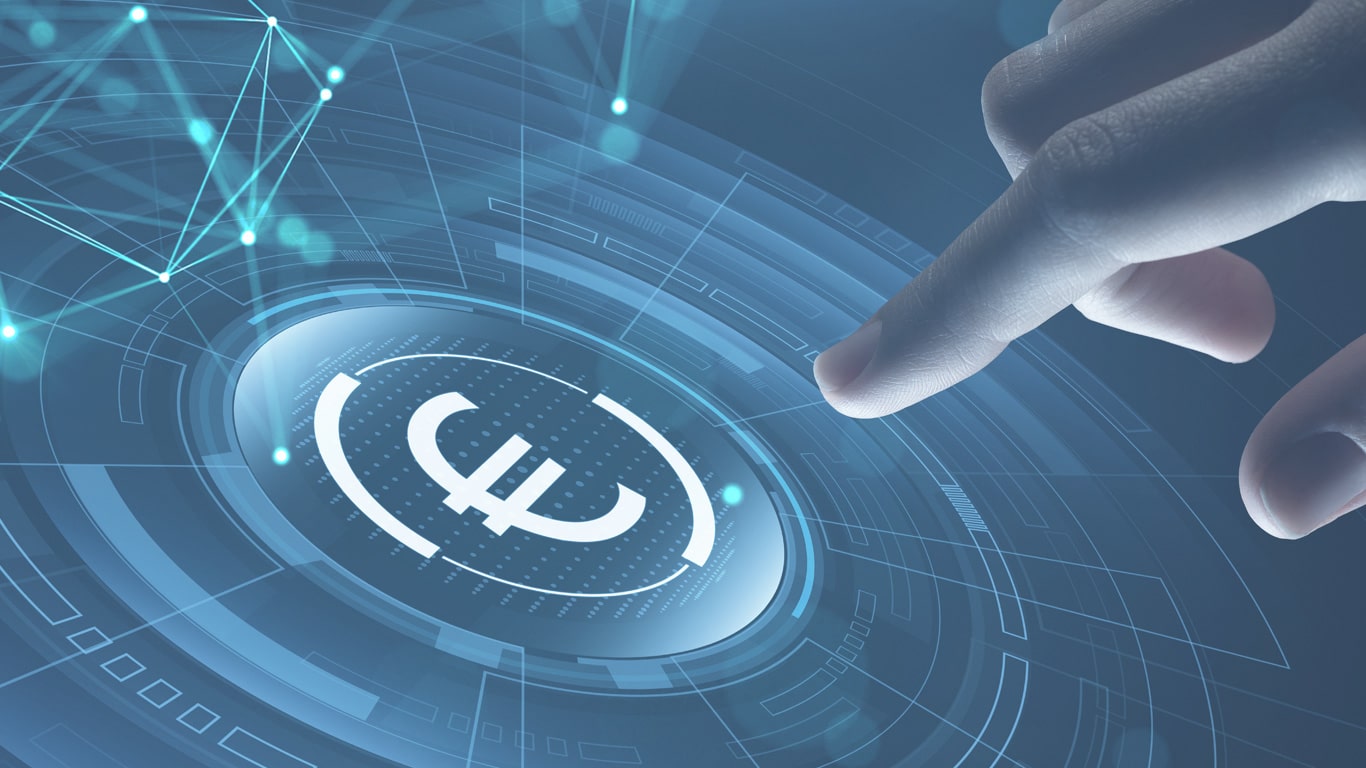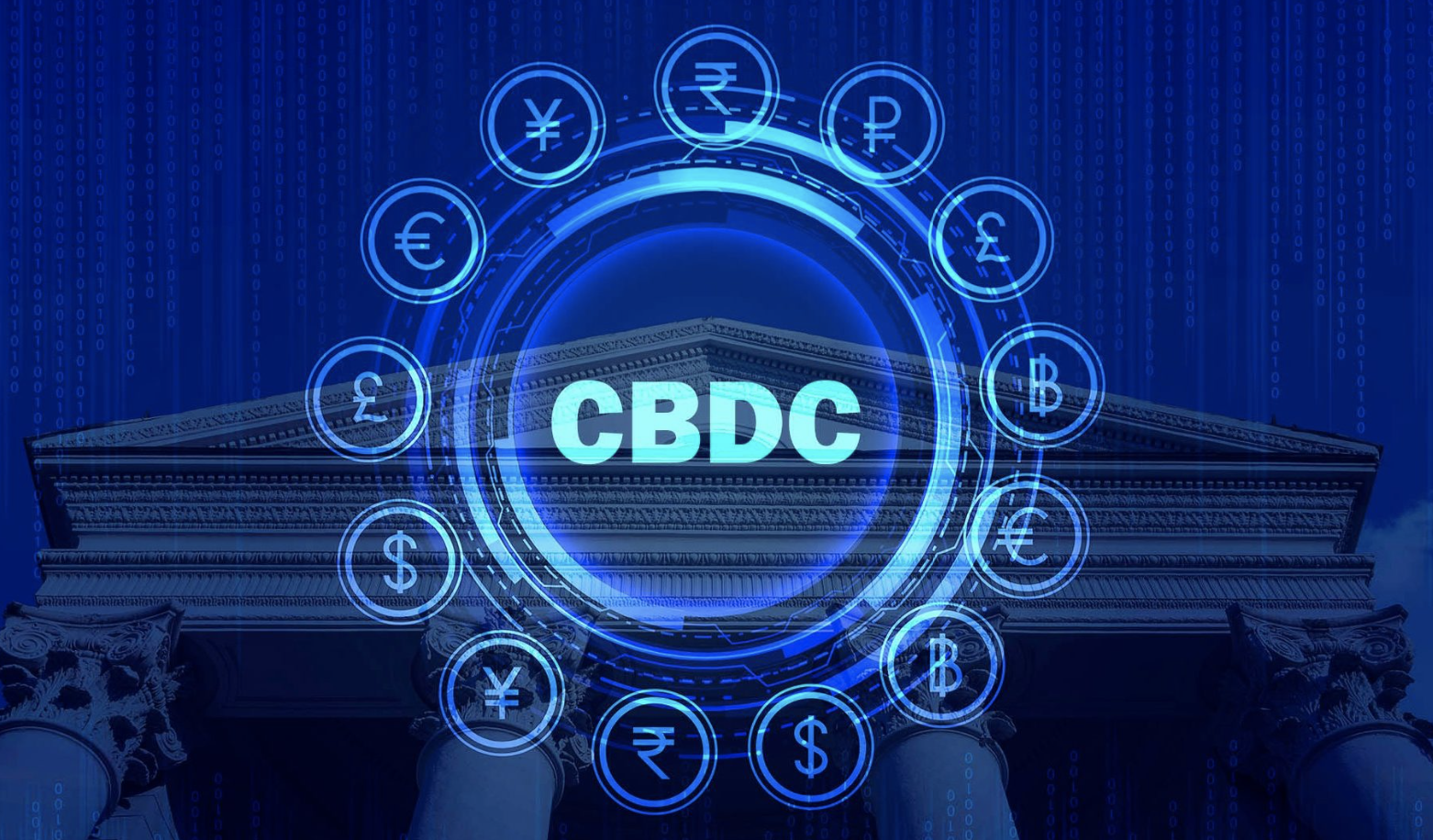ECB Seeks Experts for Digital Euro Offline Payment Development
02.08.2024 15:00 1 min. read Alexander Stefanov
The European Central Bank (ECB) is seeking expertise from the mobile technology sector to help develop an offline payment model for the digital euro.
The ECB aims to explore how the digital euro can be used offline through embedded Secure Elements (eSE) and embedded SIMs (eSIMs) in user devices.
To gather insights into the market, technical, and business challenges, the ECB is reaching out to Original Equipment Manufacturers (OEMs), Mobile Network Operators (MNOs), and Trusted Service Managers.
As it progresses through a two-year preparation phase for the potential launch of a digital euro, the ECB is focusing on the technical feasibility of offline payments and the strategies for testing and implementation.
The central bank plans to hold a series of 60-minute closed sessions with its digital euro project team from September 16th to 30th.
These discussions will address the technical aspects of deploying applets on embedded Secure Elements and the related business considerations, including the roles and setup of involved parties.
-
1
Mastercard Expands Stablecoin Payment Network Through New Partnership
15.05.2025 17:00 2 min. read -
2
Stablecoins Go Mainstream: 90% of Institutions Now Onboard or Exploring Use
17.05.2025 13:00 1 min. read -
3
Ripple Teams Up With UAE Banks to Transform Payments
20.05.2025 19:00 1 min. read -
4
Circle Co-Founder Unveils AI-Native Financial Platform With Backing From a16z
21.05.2025 13:00 1 min. read -
5
Wall Street Eyes Joint Stablecoin as U.S. Regulation Advances
23.05.2025 22:00 1 min. read
Santander Plans Digital Currency Play With Euro and Dollar Stablecoins
Global banking heavyweight Banco Santander is quietly laying the groundwork to enter the stablecoin space, eyeing fiat-pegged digital tokens as part of a broader strategy to offer crypto services to retail clients.
Bitget Launches Yield-Bearing Stable Asset Backed by Tokenized Treasuries
Crypto exchange Bitget has introduced a new investment product, BGUSD, a yield-generating stable asset tied to real-world financial instruments like U.S. Treasury bills and top-tier money market funds.
Banks Quietly Shift Toward Ripple as SWIFT Rivalry Heats Up
A growing number of banks are quietly integrating Ripple’s blockchain infrastructure to improve cross-border transactions, opting for a hybrid model that doesn’t require replacing their legacy systems.
Wall Street Eyes Joint Stablecoin as U.S. Regulation Advances
Several of America’s largest banks—including entities tied to JPMorgan, Bank of America, Citigroup, and Wells Fargo—are exploring the creation of a shared stablecoin, according to sources familiar with the discussions.
-
1
Mastercard Expands Stablecoin Payment Network Through New Partnership
15.05.2025 17:00 2 min. read -
2
Stablecoins Go Mainstream: 90% of Institutions Now Onboard or Exploring Use
17.05.2025 13:00 1 min. read -
3
Ripple Teams Up With UAE Banks to Transform Payments
20.05.2025 19:00 1 min. read -
4
Circle Co-Founder Unveils AI-Native Financial Platform With Backing From a16z
21.05.2025 13:00 1 min. read -
5
Wall Street Eyes Joint Stablecoin as U.S. Regulation Advances
23.05.2025 22:00 1 min. read


